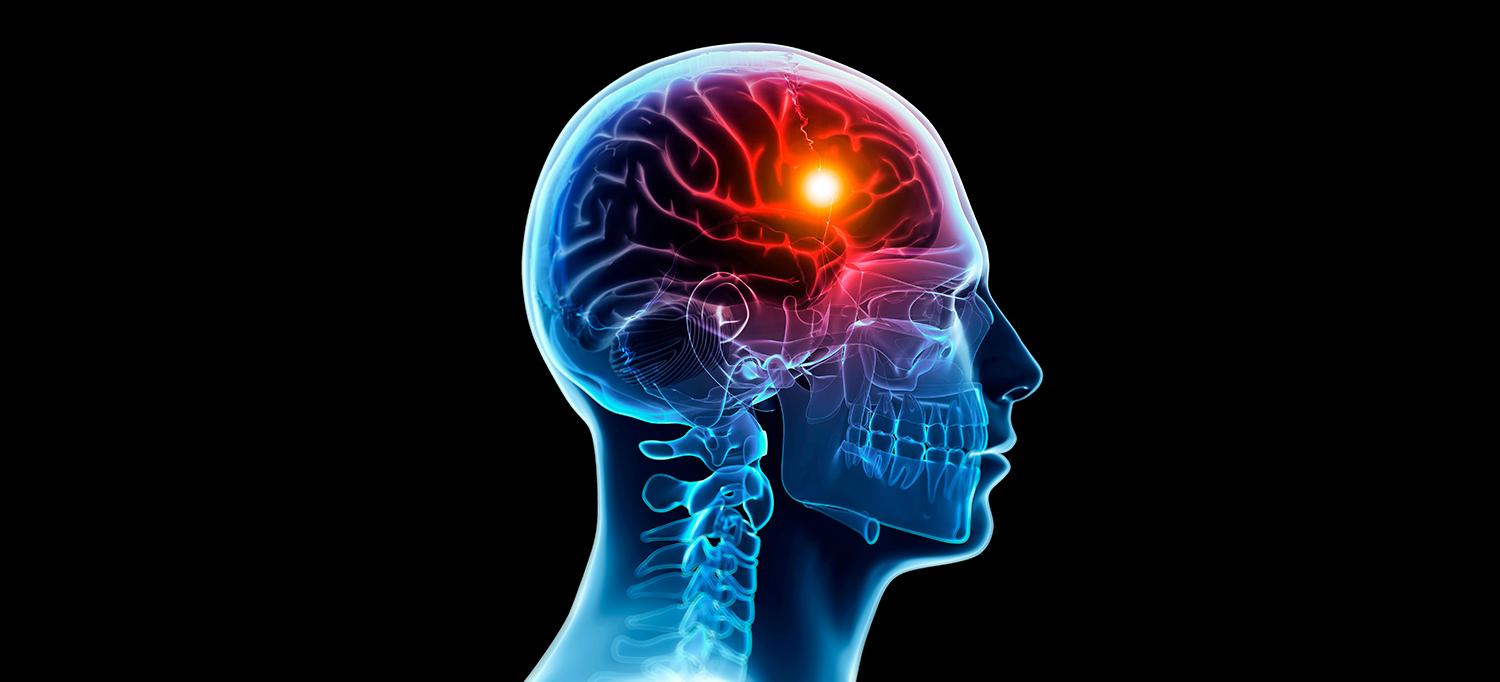
Illustration: NYU Langone Staff
Effective behavioral treatments for migraine are being eschewed by a significant number of sufferers, according to a new study led by headache researchers at NYU School of Medicine.
Researchers found that about half of migraine patients who were referred by a headache center for specific behavioral treatment did not follow through with therapy. This occurred despite the fact that these treatments are considered safe and effective first-line treatments by medical guidelines.
Those who were referred but did not seek treatment most commonly cited lack of time, cost concerns, and skepticism about whether the treatments work, according to the new study published in the June 5 issue of Pain Medicine.
An estimated 36 million Americans live with migraines, which are recurrent attacks that cause moderate to severe throbbing pain and are often accompanied by nausea, vomiting, and sensitivity to light and sound. Migraines are the sixth most disabling condition worldwide, often resulting in missed work and high utilization of healthcare services.
Previous research shows that behavioral migraine treatments, including cognitive behavioral therapy, stress management, relaxation techniques, and biofeedback—learning to reduce muscle tension with help of a monitoring device—may reduce symptoms by 50 percent or more. Behavioral treatments can be less costly than medications and have enduring benefits for migraine reduction, according to the researchers, which led them to explore why many patients were not following through on treatment.
“Migraines can be debilitating, so it stands to reason that many patients would want to access a treatment that reduces symptoms by half,” says Mia T. Minen, MD, MPH, assistant professor in the Departments of Neurology and Population Health at NYU School of Medicine, and director of research for NYU Langone’s Headache Division. “However, our research shows this is far from the case.”
Researchers prospectively tracked 234 patients with migraines who presented to an academic headache center and referred 69 of them for behavioral treatment with a therapist trained in migraines. Fifty-three patients who completed a follow-up interview within 3 months of their initial appointment were included in the analysis.
Of the patients referred for behavioral treatment, only 30 (56.6 percent) made an appointment. Researchers found no differences between those who started therapy and those who didn’t when looking at age, gender, years of suffering from migraines and overall utilization of healthcare services. However, they did find a significant difference: People who had previously seen a psychologist were more likely to initiate therapy.
Of the patients who did not initiate behavioral treatment, half cited time limitations as a barrier to adherence. In addition to time, patients did not initiate for reasons including cost—since some insurance plans don’t cover behavioral treatment—skepticism that it would work, contentment with their current treatment plan, and satisfaction that their headaches were already improving.
Dr. Minen and her colleagues say that more research is needed to develop new methods to overcome these barriers. They add that given concerns about migraine and stigma, research on whether stigma plays a role in limiting patients’ abilities to access behavioral treatment should also be explored.
“As providers, we need to develop new ways to present evidence-based behavioral treatments to patients in a similar manner in which pharmacologic therapies are presented, with attention to how behavioral treatments can be part of a larger patient-centered care plan,” she says.
Many drugs on the market that reduce or control migraine symptoms often can cause other negative symptoms, according to the authors. A new class of monoclonal antibody medications for migraine, called calcitonin gene-related peptide (CGRP) inhibitors, has generated excitement among the migraine community as a new treatment option. While these medications have been shown to result in a 50-percent reduction of migraine in half of those using them, these treatments are not a cure for migraine; thus, a need exists for evidence-based, scalable, and accessible behavioral treatments, according to the authors.
Other available treatments for migraine include medications, vitamin supplements, and botulinum toxin injections.
This research received no grant funding support. Dr. Minen is a recipient of the American Academy of Neurology-American Brain Foundation Practice Research Training Fellowship, which provides salary support to conduct research.
In addition to Dr. Minen, researchers at NYU School of Medicine included Sarah Azarchi, BS; Rachel Sobolev, BA; Amanda J. Shallcross, ND, MPH; Audrey Halpern, MD; Thomas Berk, MD; and Naomi M. Simon, MD. Other researchers included Scott Powers, PhD; Richard B. Lipton, MD; and senior author Elizabeth Seng, PhD.

